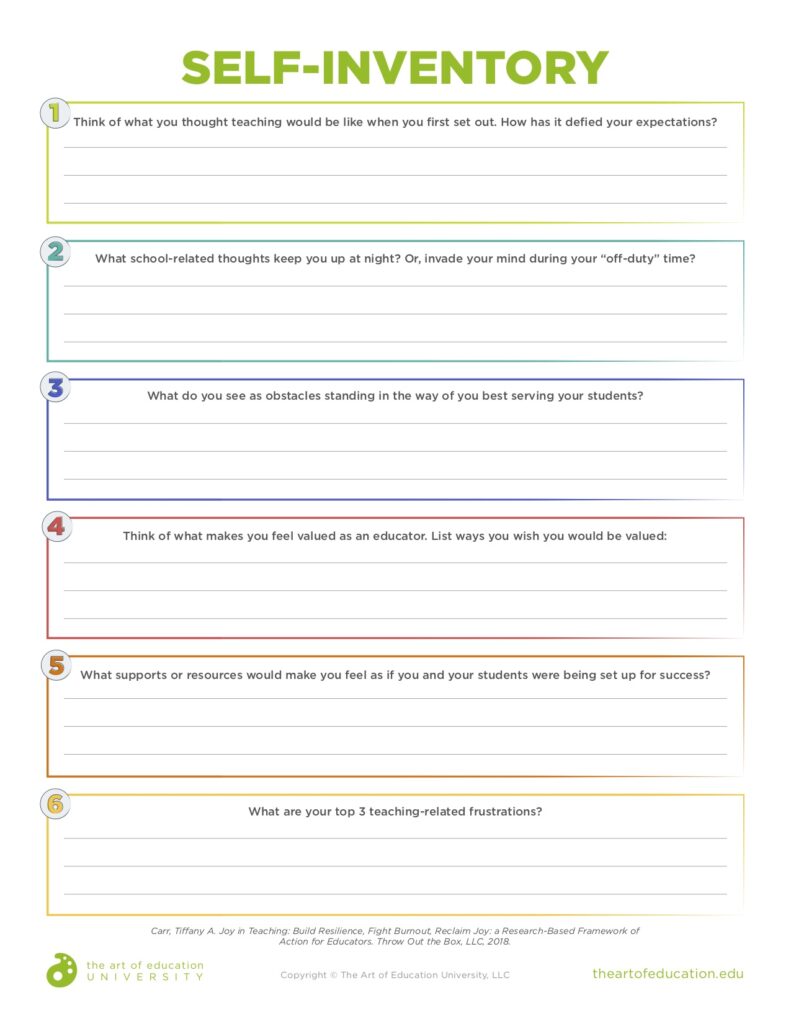Art Education and the Coronavirus (COVID-19)
Around this time of year, regardless of any school-canceling pandemic, you might be feeling like all the layers of life, especially the ones coming from being an art educator, are a little too much to handle. You feel like if someone asks one more thing of you, you might melt into a puddle of tears or your hair will burst into flames. You know the feeling. It is a combination of overwhelm, apathy, and helplessness. No this is not an exaggeration. This is called burnout.
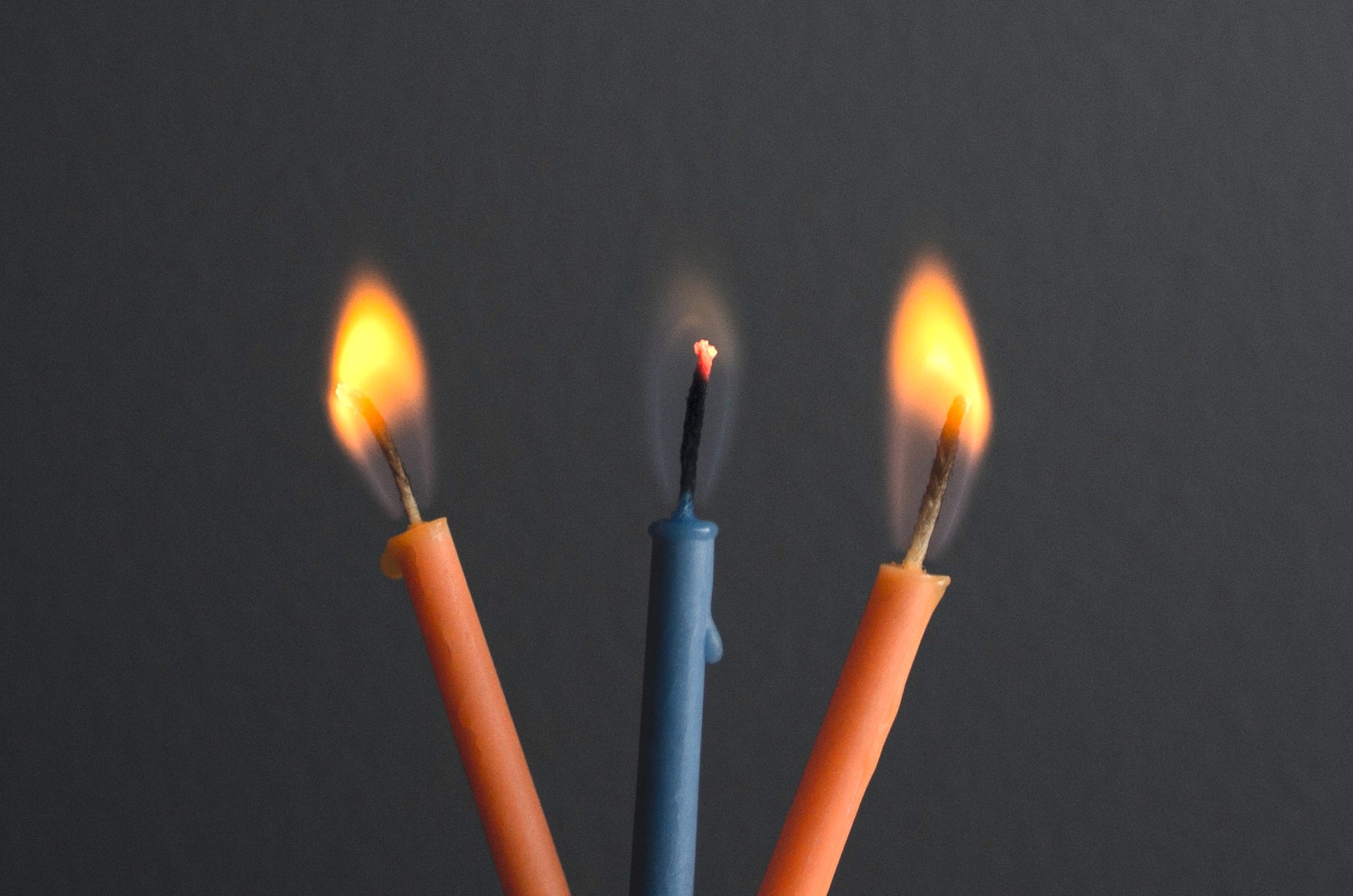
If you have ever felt like the responsibilities of being a teacher have been too much, you are not alone. In The State of Art Education 2020 survey, nearly 29% of teachers felt “burnt-out” at least once a week, and over 30% three to four times a year! This is also on trend with all teachers, who, in a 2019 survey, revealed that nearly 50% of teachers say they’ve considered quitting—blaming pay, stress, and lack of respect. When an educator decides to leave his or her situation, it is never for a singular reason. There are many variables that lead to the erosion of teacher enthusiasm and motivation.

Megan Dehner, Magazine Senior Editor, The Art of Education University
In the past, I have felt the weight of my students’ lives, the expectations of the role, and the rigors of the schedule. I always felt so torn that the work I loved was getting in the way of living life. After a day in the classroom, I would arrive home without much to give myself, let alone my family. To be honest, my view of art education was narrow. I thought that the exhaustion was a badge of honor to wear. I thought my misery and frustration were just part of the gig. I trudged through the days, waiting for Friday and dreading Monday. Looking back, I can clearly see now that I was beyond “burning out,” and in a brittle ash-state.
Now, as the Senior Editor at The Art of Education University, I can see just how narrow my vision had once been. In this position, I see the whole spectrum of the art educator experience. What it is and what it has the potential to be. I feel so honored to give a voice to each of you as I oversee everything that publishes in the Magazine. The current group of writers, who are in the field with “boots on the ground,” has a unique perspective. Some help you solve problems with “how-tos,” others ask “what if?” Every article is curated purposefully for you, fellow art educators.
Teaching is one of the most challenging yet rewarding vocations. Teachers are helping to shape the way future generations create and grow. I’ve learned, though, it does not require nor should it celebrate any stages of martyrdom. In fact, education should actively push back against burnout and look for ways to support teachers regardless of where they are in their careers. In essence, instead of education fighting for teacher retention, they should support teacher resiliency.
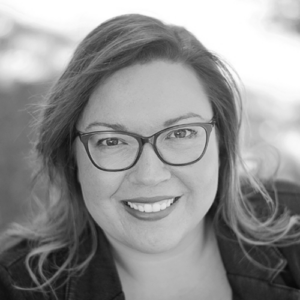
Dr. Tiffany Carr, Adjunct Instructor, The Art of Education University
Given the unique landscape of education today, with a fast-track to eLearning and lives turned upside down, it is essential to seek out resources and experts to bring clarity and resolve. Dr. Tiffany Carr is one of those experts; not only is she a faculty member at AOEU, but she is also the author of Joy in Teaching: Build Resilience, Fight Burnout, and Reclaim the Joy. I asked her how right now, in the middle of a national crisis, teachers can uniquely avoid burnout and practice resiliency. She had some great things to share.
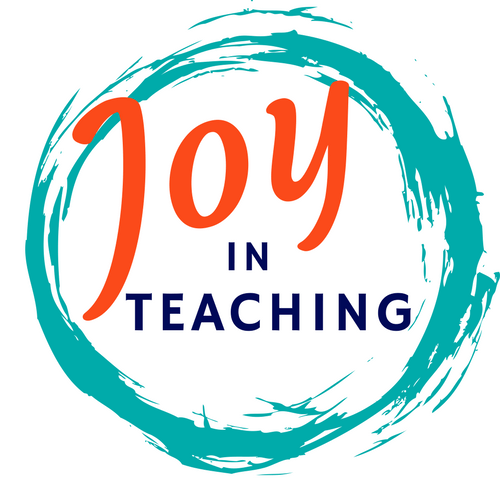
What is Burnout?
As teachers, we know our jobs can be stressful. This is occupational stress. This kind of stress can be good for you. Burnout is different. According to Dr. Carr, “Feeling stress does not have to mean you are headed down a path toward burnout, and it certainly doesn’t mean you are not an effective educator, but it does mean that your job is impacting how you feel, and this should warrant some reflection.”
If we can give teachers the tools to recognize the early signs and symptoms of burnout, then we can hope to retain good teachers by offering resources, support, and services before it’s too late.
Signs and Symptoms of Burnout:
- Frustration: Stemming from not being able to affect change.
- Lack of Personal Fulfillment: Teaching doesn’t “fill your bucket.”
- Overwhelm: The volume of work is haunting.
- Less Energy: Not just physical energy; it is emotional energy too.
- Reduced Self-Care: Putting yourself last.
- Trouble Sleeping: This affects everything.
- Less Social: Would rather work or ignore than talk.
- Negativity: When complaining turns into an outlook.
Does having these make you a bad teacher? Absolutely not; in fact, it empowers you. Knowing the signs and symptoms is essential, especially during this time of uncertainty.
Right now, it is likely that burnout feels and looks different in this season.
Burnout is not just one thing. Right now, with the teaching environment, the signs and combinations of symptoms are going to change for each person. Dr. Carr remarked, “I think that the tipping point is maybe moving closer for some people right now. And that’s what we want to be aware of—what we could handle before may not be what we’re handling now.”
We know art teachers can handle a lot. Maybe a messy classroom, a chatty group of students, being asked a favor unexpectedly. Now, however, many of us are being asked to do so much more. So, if all of a sudden, you are put over the edge with a cluttered kitchen, a defiant child, or have a hard time fitting in a shower—it doesn’t mean you are losing it. It is okay. You are completely normal. As a teacher, it means you need to press pause and reflect.
Dr. Carr notes, “Research has shown that reflection has the power to change a teacher’s outlook on their profession. When they remember why they got into it in the first place. Right now, the purpose looks and feels different because we are not in a school setting. For many, the reason for entering education was to make a difference. So, taking some time to reflect on how you are making a difference, from right where you are at home will help you fight off burnout, re-ignite your purpose, and practice resilience.”
What is Resilience?
Resilience is like a rubber-band that never tears or snaps in half. It is the ability to stretch, bend, and be elastic in any given situation, without compromising its original state. People with resilience are good at protecting themselves and their values, regardless of the stressors. It turns out, though, that while it seems like some people are just “good” at rolling with the punches and others are not, resilience is a skill that can be practiced and learned. This is good news! Teachers need to be supported in practicing their resiliency skills. Dr. Carr believes, “Teacher resilience training should be an essential part of every schools’ professional development.”
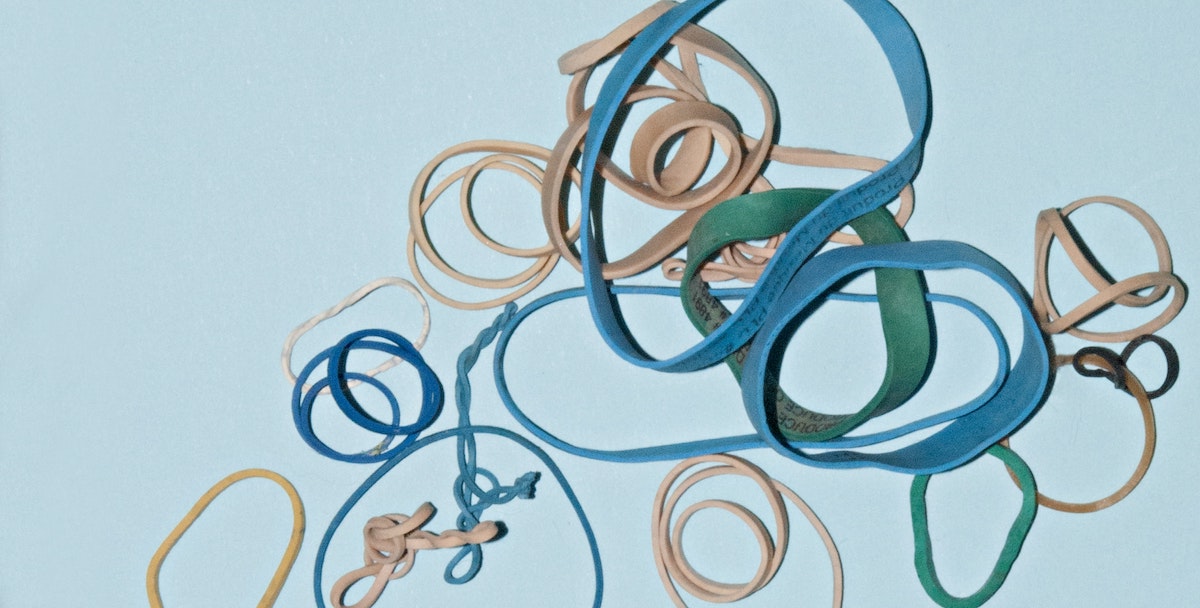
How to Practice Resilience:
- Listen to your own advice: What would you say to a colleague or friend if they were feeling burnt-out or overwhelmed? What would you say to someone who has “had it up to here” with a given circumstance? Use those same kind and encouraging words on yourself!
- Resilience takes practice: You are not born with it; with practice, you get better at it. You might feel strong and powerful today, but tomorrow you might be in a slump. Riding the waves of emotions and situations is normal. Being resilient does not mean things don’t bother you. It means you recognize the short-term problems versus the long-term ones.
- Set clear boundaries: This is especially difficult when teaching online from home. The lines between the personal and professional are blurred. Set a clear schedule. Be firm on what is a good fit for your abilities and your mental health.
- Maximize the good, minimize the bad: Parts of education are hard. We know this. But are there silver linings? Even the slightest glimmer of hope is worth celebrating.
- Staying connected to your purpose: Why did you enter into the profession in the first place? Take some time to reflect on how you are actually making a difference—even if it looks different right now.
Now might be a good time to reflect, but the truth is these resiliency skills can be in your teaching toolbox anytime, not just during a pandemic. It turns out that right now is a great time to start. So, do a little self-inventory.
To help you get started, use this helpful download. Be honest with yourself. Keep your answers handy while you navigate this time, and when you return to the classroom.
What you answer now also might change a year from now. What is important is that you are continuing to practice resilience as a way to advocate for yourself, your students, and art education at large.
Teaching is highly rewarding, but it comes with its challenges. Some of them you signed up for, others you did not. Burnout does not have to be a permanent and frequently recurring state. How you decide to handle the ups and downs and experience burnout will determine how to approach not only this season of learning but also the next.
Avoid Burnout During Quarantine: Learn more here.
That is why the work we do at AOEU is so essential. We are with you in the big picture, save the world, superhuman values that got you excited about teaching in the first place. We are also here, though, to walk alongside you as you get frustrated, as you change jobs, as you realize that teaching is hard. We are here to empower you so you can be resilient in the face of any challenges—pandemic related or not. Your normal might have changed in the past weeks, but ours has not. We are here to give you resources, professional development, curriculum and daily boosts of inspiration as you continue teaching. Personally, I am humbled and honored to do so.
How do you know when you feel “burned out?”
What are your strategies for resilience?
Magazine articles and podcasts are opinions of professional education contributors and do not necessarily represent the position of the Art of Education University (AOEU) or its academic offerings. Contributors use terms in the way they are most often talked about in the scope of their educational experiences.

